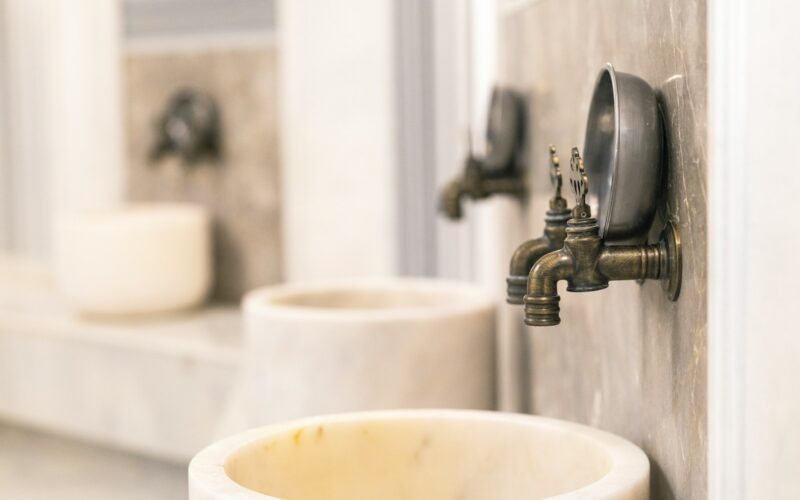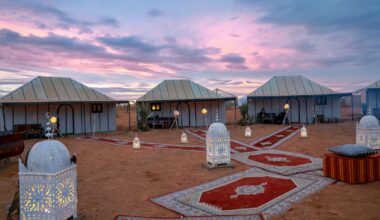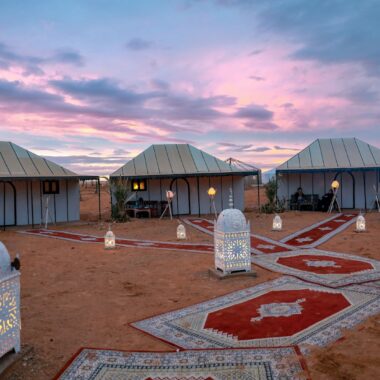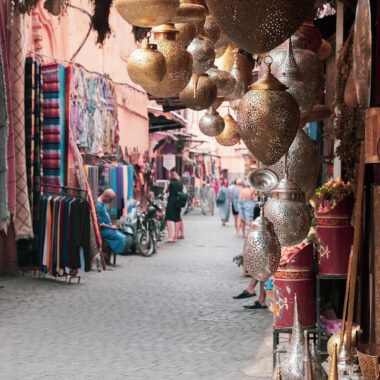Table of Contents
The Moroccan Hammam: An Essential Experience and Etiquette Guide for Travelers
The scent of eucalyptus, the hiss of steam against warm marble, and the promise of skin softer than you’ve ever imagined—welcome to the Moroccan Hammam. This isn’t just a bath; it is a timeless social and cleansing ritual, a deep-rooted part of Moroccan life that no traveler should miss.
Whether you choose a traditional neighborhood public bath or a luxurious spa-style treatment, understanding the process and the etiquette is key to maximizing this unique and essential experience. This guide will walk you through what to expect for your first visit to the Moroccan Hammam.
Understanding the Moroccan Hammam Experience
A Hammam is a public steam room and bathhouse, similar to a Turkish bath, but with a unique Moroccan ritual centered around intensive scrubbing and natural products. It’s a place for purification, relaxation, and even socializing.
Traditional Hammam vs. Spa Hammam: Choosing Your Experience
Before you go, you need to choose your setting. The Moroccan Hammam comes in two main styles:
| Traditional Public Hammam | Spa Hammam (Tourist-Focused) |
| Authentic: Used by locals for their weekly cleanse. Often basic, busy, and sometimes noisy. | Luxurious: Found in riads or hotels. Quieter, more private, and focused on relaxation. |
| DIY/Assisted: You bring your own supplies (soap, mitt, bucket) or hire an attendant for a vigorous scrub. | All-Inclusive: Products, towels, and a dedicated attendant (kessal or natir) are included. |
| Budget-Friendly: Entrance is cheap, but you pay extra for an attendant. | Higher Cost: Packages include the scrub (gommage), products, and often a massage. |
| Logistics: Gender-segregated by separate entrances or different hours (check the times!). | Logistics: Gender-segregated rooms, but sometimes mixed-gender options for couples are offered (ask ahead). |
The Core Ritual: Step-by-Step in the Moroccan Hammam
The cleansing process is the heart of the Moroccan Hammam experience. Here’s the typical sequence you will follow:
- Warm-Up: You enter the first, warmest room to allow your body to acclimate and your pores to open. In traditional hammams, you’ll move through progressively hotter tiled rooms.
- Black Soap Application: An attendant (or you, in a traditional setting) will douse you with warm water and generously apply savon noir (black soap), a thick, olive-based paste. This soap is left on for 5–10 minutes to soften the skin.
- The Rinse & Scrub: This is the most famous part. The soap is rinsed off, and the attendant uses a coarse, textured mitt called a Kessa glove to vigorously scrub your entire body. Do not be shy! The goal is to remove every trace of dead skin. It’s intense, but the result is wonderfully smooth skin. If it’s too hard, say “Shwiya, shwiya” (slowly, slowly).
- Ghassoul Clay: After the scrub, a mineral-rich clay mask called Ghassoul (or Rhassoul) may be applied to your body and hair, which is left to nourish the skin before a final thorough rinse.
- Relaxation: You are then led to a cooler area to relax, dry off, and often offered a refreshing glass of traditional Moroccan mint tea.
Essential Moroccan Hammam Etiquette: The Unwritten Rules
Respecting local customs is crucial, especially in traditional public baths. Follow this etiquette guide to ensure a smooth, respectful, and fully enjoyable Moroccan Hammam visit.
Hammam Attire and Modesty Guidelines
- Gender Segregation is Strict: Always be sure you are entering the correct section or arriving during the correct time slot for your gender.
- What to Wear (or Not Wear): In all Moroccan Hammams, modesty is key, but the rules are different from Western spas.
- Men: Must wear simple underwear, swim shorts, or a loincloth to cover the genital area. Going fully nude is generally not appropriate.
- Women: You will see local women completely topless (and sometimes fully nude). Tourists often feel more comfortable wearing a simple two-piece swimsuit or keeping their underwear on. Crucially, do what makes you comfortable. No one is paying attention to you; they are focused on their own ritual.
- Keep Your Back to Others: When rinsing or having the back of your body washed, gently turn towards the wall to maximize privacy for both yourself and other bathers.
Water Use and Tipping
- Conserve Water: Morocco is a dry country, and wasting water is frowned upon. Use your scoop and bucket to pour water over yourself sparingly. Do not let the water run unnecessarily.
- Tipping the Attendant: Tipping is customary and expected for the service, especially for the vigorous scrub. A tip of 10% to 20% of the service cost is appropriate for your attendant. Hand it to them discreetly before you leave the changing room.
- Noise Level: While traditional hammams are social places where locals chat, keep your voice low to respect the peaceful atmosphere. Leave your phone outside.
The Moroccan Hammam offers an unparalleled feeling of renewal. You will leave the experience feeling incredibly clean, relaxed, and with skin that glows. It truly is the ultimate cultural and physical reset button for any traveler navigating the bustle of Morocco’s incredible cities.








